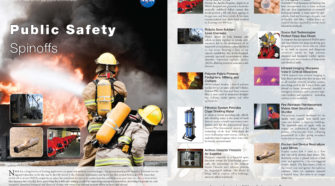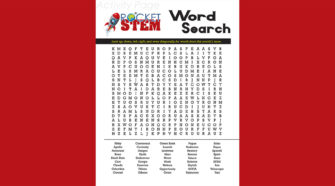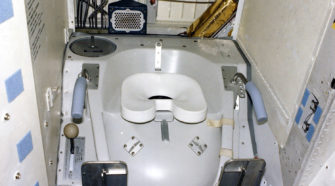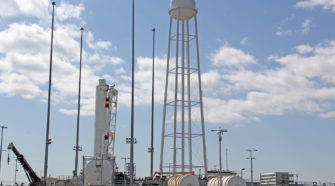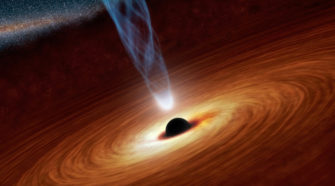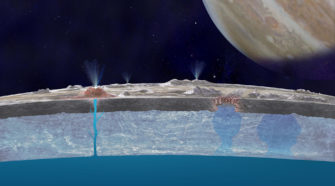Issue #2 (April 2013)
NASA Spinoffs for Public Safety
NASA has a long history of finding applications of space and aeronautical technologies that provide broad public benefits. The basis for the Agency’s direction to do this can be directly traced to the National Aeronautics and Space Act that created NASA in 1958. Since that initial call to action, NASA’s emphasis on safety has translated …
Word Search • Skylab Issue
Do your best to find these words scattered throughout this issue of RocketSTEM magazine.
Evolution of the space toilet
When Alan Shepard first went into space, he wet his pants. There was no toilet and that was his only option. Scientists put their heads together and created the modern diaper. Before this event, people used cloth diapers. The crews of the Apollo missions were a bit luckier, with diapers, but it still wasn’t very …
Antares blast off set for mid April
NASA announced that the maiden flight of the private Antares rocket from Orbital Sciences Corp. is slated to soar to space between April 17 to 19 from the newly constructed seaside launch pad dubbed 0-A at the Mid-Atlantic Regional Spaceport at NASA’s Wallops Flight Facility in Virginia. The two stage Antares rocket serves as the …
NASA’s NuSTAR helps solve riddle of black hole spin
Two X-ray space observatories, NASA’s Nuclear Spectroscopic Telescope Array (NuSTAR) and the European Space Agency’s XMM-Newton, have teamed up to measure definitively, for the first time, the spin rate of a black hole with a mass two million times that of our Sun. The supermassive black hole lies at the dust- and gas-filled heart of …
A window into Europa’s ocean may be right at the surface
If you could lick the surface of Jupiter’s icy moon Europa, you would actually be sampling a bit of the ocean beneath. Mike Brown, an astronomer at the California Institute of Technology, and Kevin Hand from NASA’s Jet Propulsion Laboratory, have detailed the strongest evidence yet that salty water from the vast liquid ocean beneath …

